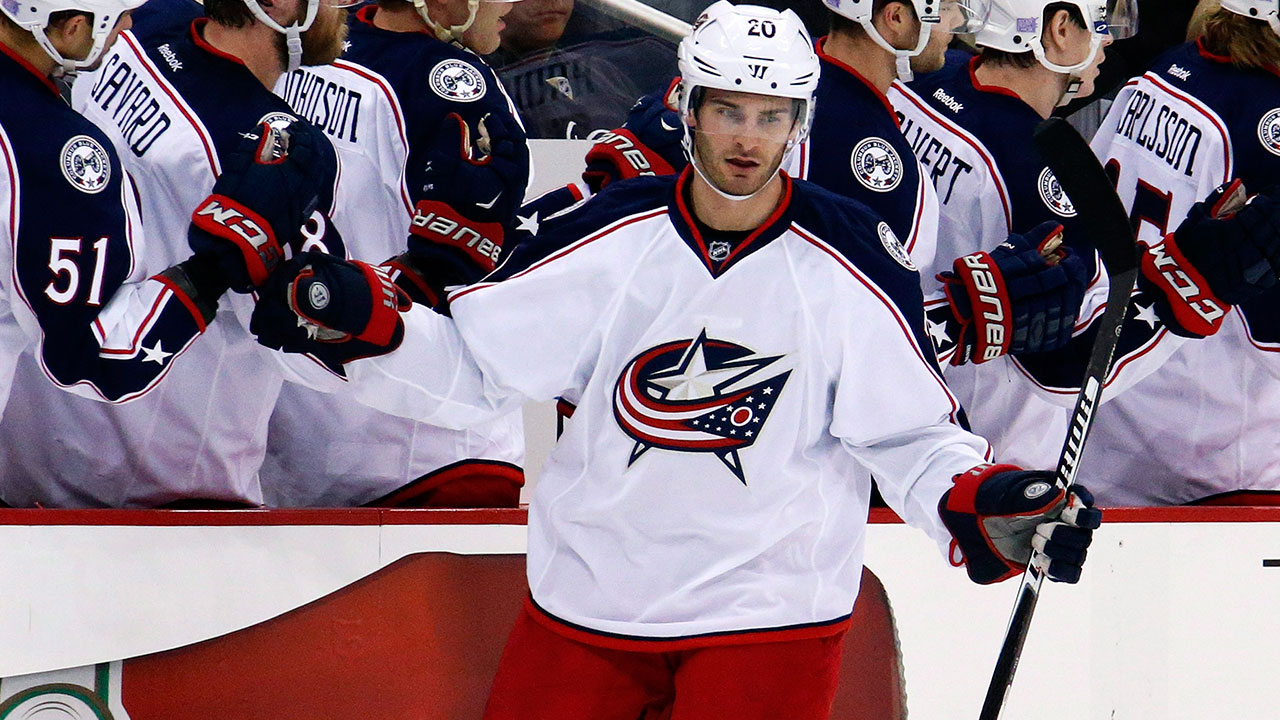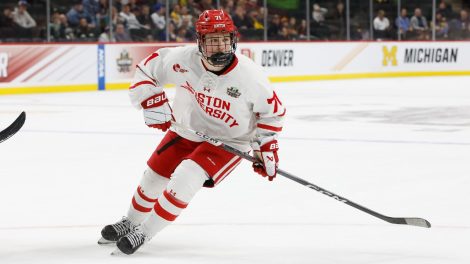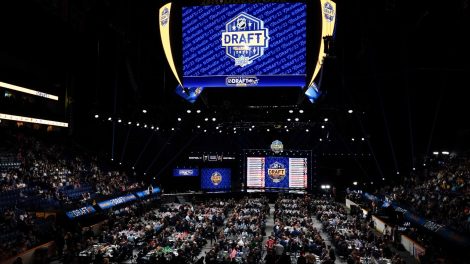My favourite NHL draft combine story goes like this: Years back Bryan Murray and his scouting staff—we’ll leave the timing out for reasons that soon will become clear—were sitting across from a top draft prospect who was coming off a disappointing season. And rumours abounded that the prospect was an untamed party boy, landing in a couple of off-ice jams as the season went along—nothing that made it as far as a police blotter, just word-of-mouth in scouting circles, all of it unverifiable.
The interview went forgettably, canned answers all the way, but it ended with a bang. As he was shaking hands with the kid, Murray asked him about the town where he played in the CHL. The kid gave a perfunctory answer. “It’s a nice place,” the kid said or something like that.
[snippet]
Murray closed it like a veteran detective. “I’m actually going out to that town of yours this summer for a golf tournament,” Murray said. “Do you know any good places to go out for a drink and a good time?”
The prospect then rhymed off a bunch of watering holes, various waitresses names and the town’s one strip club. All this passed for irrefutable proof that he was old beyond his years in life experience, but as guileless as a toddler. Not surprisingly Murray’s team passed on the prospect at the draft. And equally not surprisingly the prospect had issues with drinking down the line that compromised his professional career.
The images that come to mind when the NHL Draft Combine rolls around every early summer: young men straining to push up the bar on the bench press or squeezing out one last pull-up or pedalling on the stationary bikes like they’re straining for their livelihoods if not for their lives. Okay, there are other stations during physical testing and some of them might be as intriguing, but still the strength and conditioning testing constitutes a fraction of action at the combine.
Really, the testing comes at the end of a week when NHL executives and that year’s incoming prospects come face to face, most of them for the first time, less than a month in advance of the draft.
For about a week before the first prospect’s bead of sweat hits the testing floor, over 100 of the top kids are either shepherded from the airport to hotels nearby the combine venue by NHL Central Scouting service officials and agents or, when based nearby, drive in themselves or are dropped off at the site by their parents.
Scouting staffs have gone through their end-of-season meetings, have built their near-final working lists and determined which kids are priorities and which are only mildly interesting. The staffs have consulted with Central Scouting to put together the list of invitees to the combine and have submitted their requests for prospect interviews, 20 minutes maximum. (Teams can request later meetings with a prospect, time allowing, or arrange conversations to be conducted on site a couple of days before the draft.)
Europeans are the first prospects to meet with teams, simply because they are first to arrive—their travel can be pretty challenging, especially those in Russia, and they’re given some time to adjust to the time change before the physical testing. By mid-week the Canadian and U.S. kids and Euros based in North America begin to make their rounds.
You’d imagine that the interviews are pro forma, a bunch of rote questions and rote answers. And that’s how a lot of execs view it. Said one scouting director: “The kids are so coached by agents. They’ve rehearsed answers to all the expected questions. You can try to take them off guard, but really, the majority of them you take away very little that you didn’t already know.”
Over the years a couple of teams, Dallas and Detroit, had interviewed no one at the combine or a very short list, preferring for more extended face time and psychological testing outside the combine week. Still, there are opportunities, occasional perhaps, but still meaningful, like Murray’s with the party-boy prospect. Times when character isn’t guessed at but revealed.
Murray’s line, seemingly a throwaway, is a golden moment in the annals of NHL combine interviews, but it’s not representative. Teams will ask players for assessments of their own games, mostly to determine if they fully understand and buy into the work that needs to be done. Execs and scouts will ask a player about injuries—as much as the medical exams can cite an injury and log it in on the report Central Scouting shares with the teams, how the player suffered the wound and how he approached his rehab are stuff that staffs want to know about and flag if worrisome.
Example: A few years back Brandon Saad had a disappointing draft year and even though he had been a top 10 prospect back in the fall, many organizations lost interest. That Saad had suffered a groin injury mid-season was common knowledge. Only after interviewing him did the Blackhawks’ staff figure out that Saad had first tried to play through it and then returned to the line-up before he had fully recovered.
That cast new light on both his play, which was adversely affected, and his character, which demonstrated that he was willing to put team ahead of individual interests. Chicago’s staff followed up and Saad’s story checked out. None of that would show up in any analytics, in a battery of sports-psychology tests, or even in the combine’s medicals.
On a percentage basis, Murray’s party boy talking his way down in the draft is far more common than a prospect like Saad helping himself by prompting reassessment. Said a scouting director: “No kid has ever talked his way into the first round, but a few have probably talked their way out of it.”
And Murray’s party boy, well, leave his identity as a mystery but to say that he wound up playing 1,000 NHL games.
[relatedlinks]










